Hi,
we are facing same problems discussed in the following thread about gate ringing oscillations:
Unfortunately in that thread no solution was post.
We are using UCC21521 gate drivers and SiHA100N60E as mosfets for a BLDC motor application with 390V bus.
Actually we are verifying mosfet Vgs and Vds without any load and just one branch. High-side mosfet shows oscillations in the plateau region with spike near 25V. Low side mosfet Vgs is very clean
Gate resistors are actually: 10R for turm-on path and 10R//10R for turn-off path. We also added a gate RC-snubber (5R, 10nF) that seems to reduce ringing amplitude on high-side Vgs.
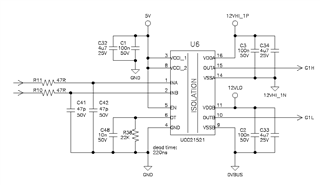
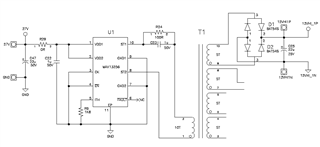
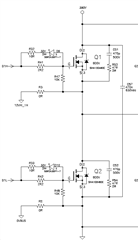
Here the high-side Vgs waveform:
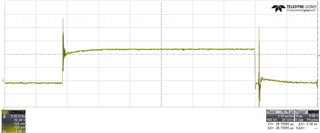
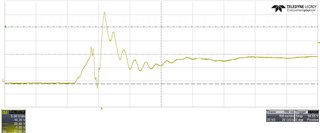
Thanks

